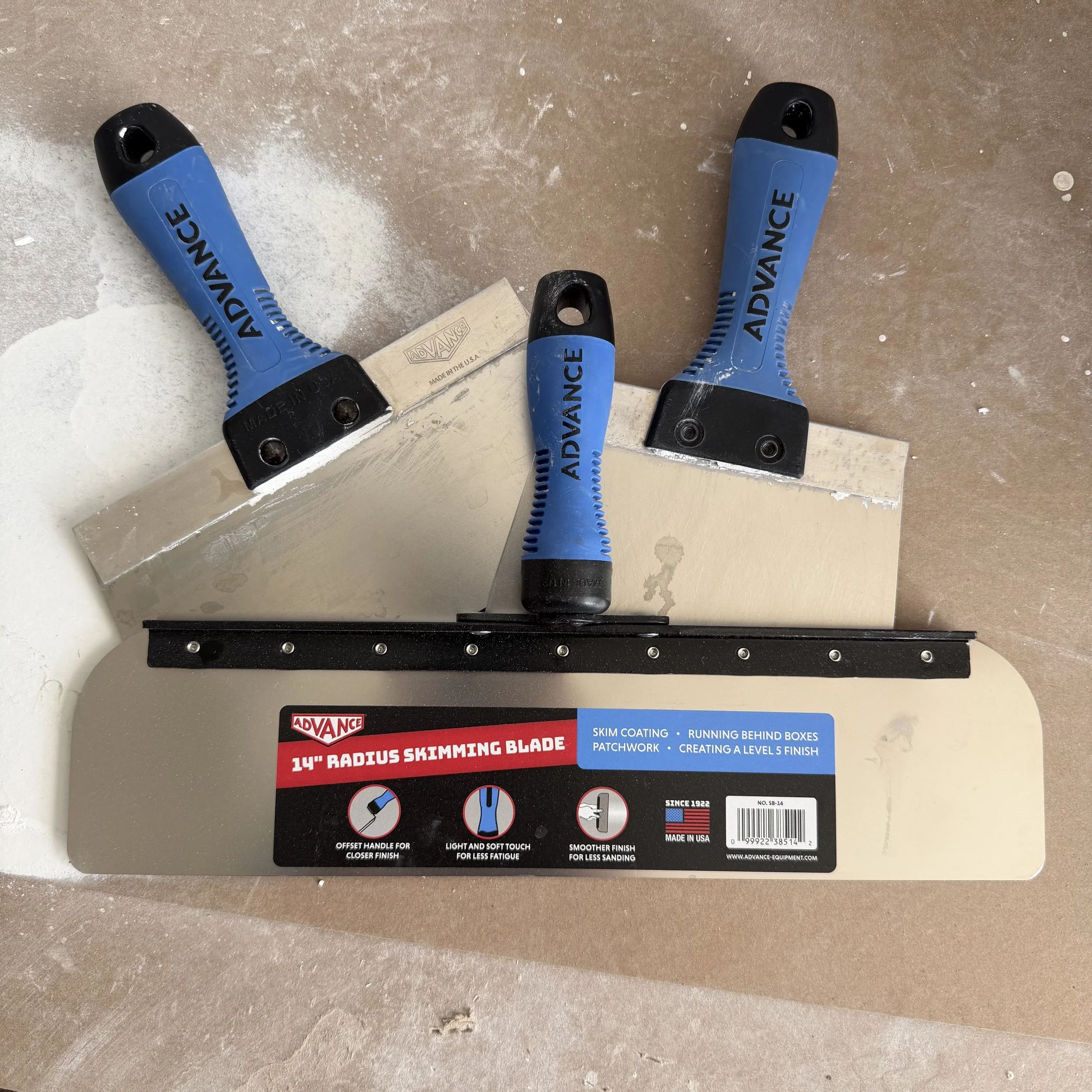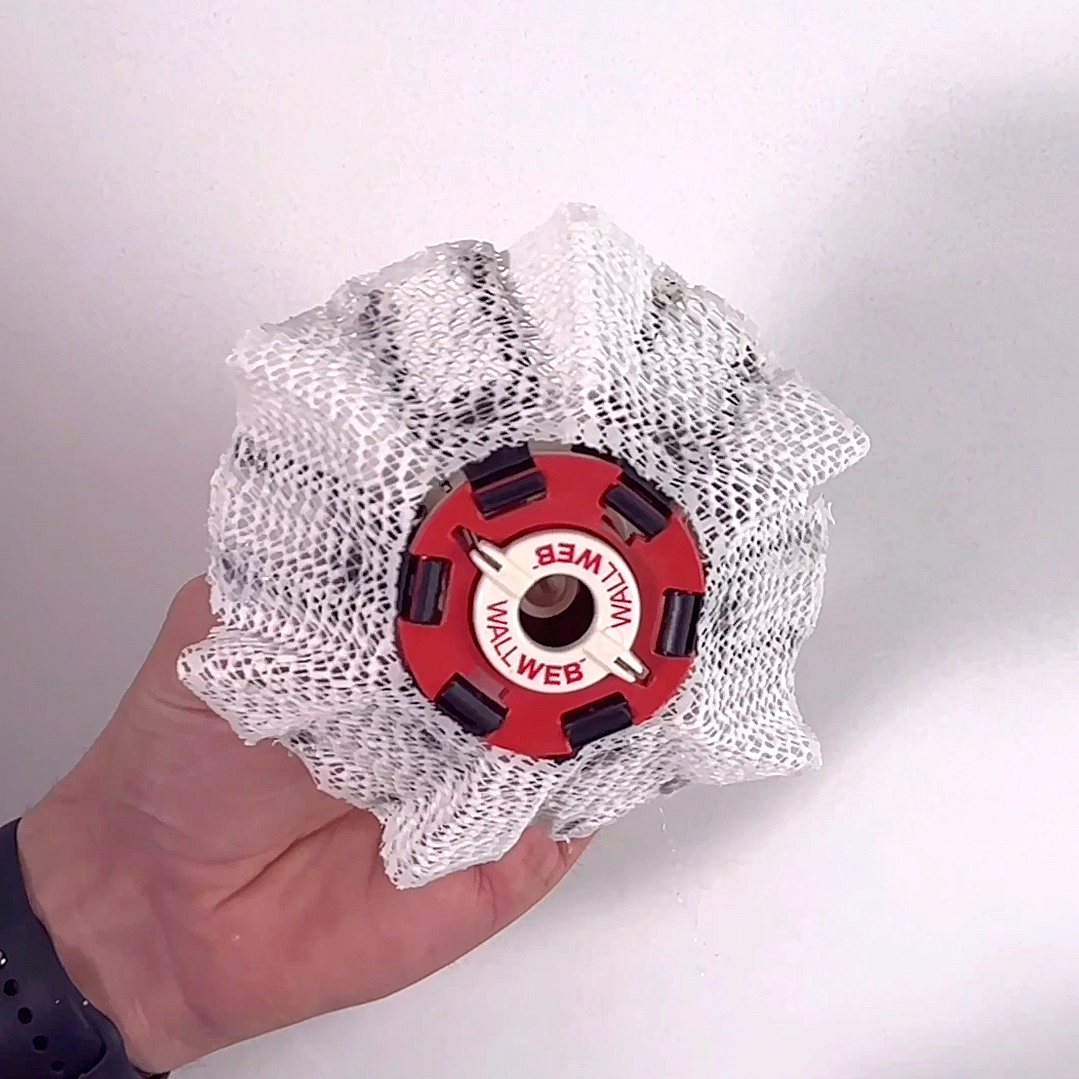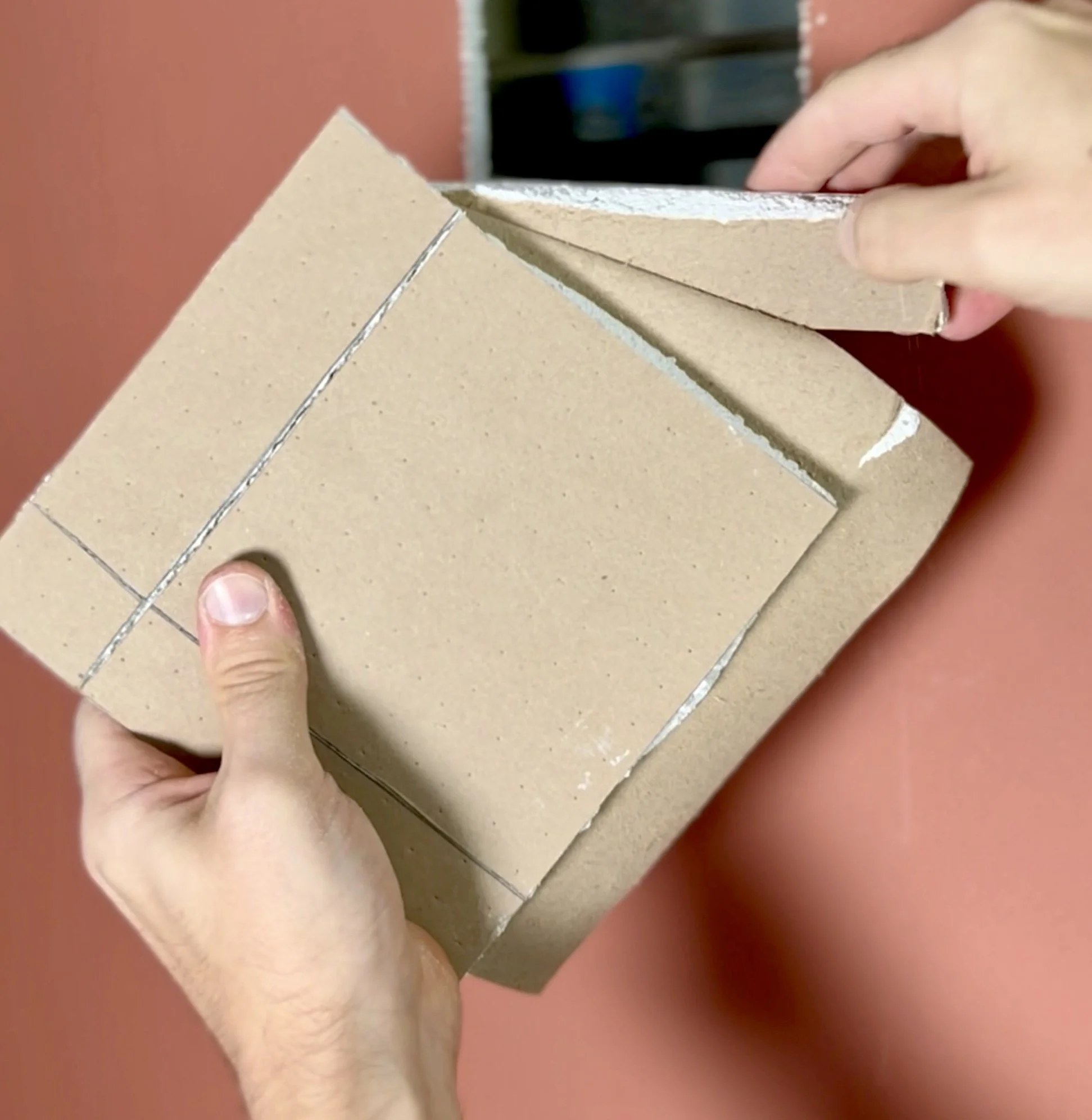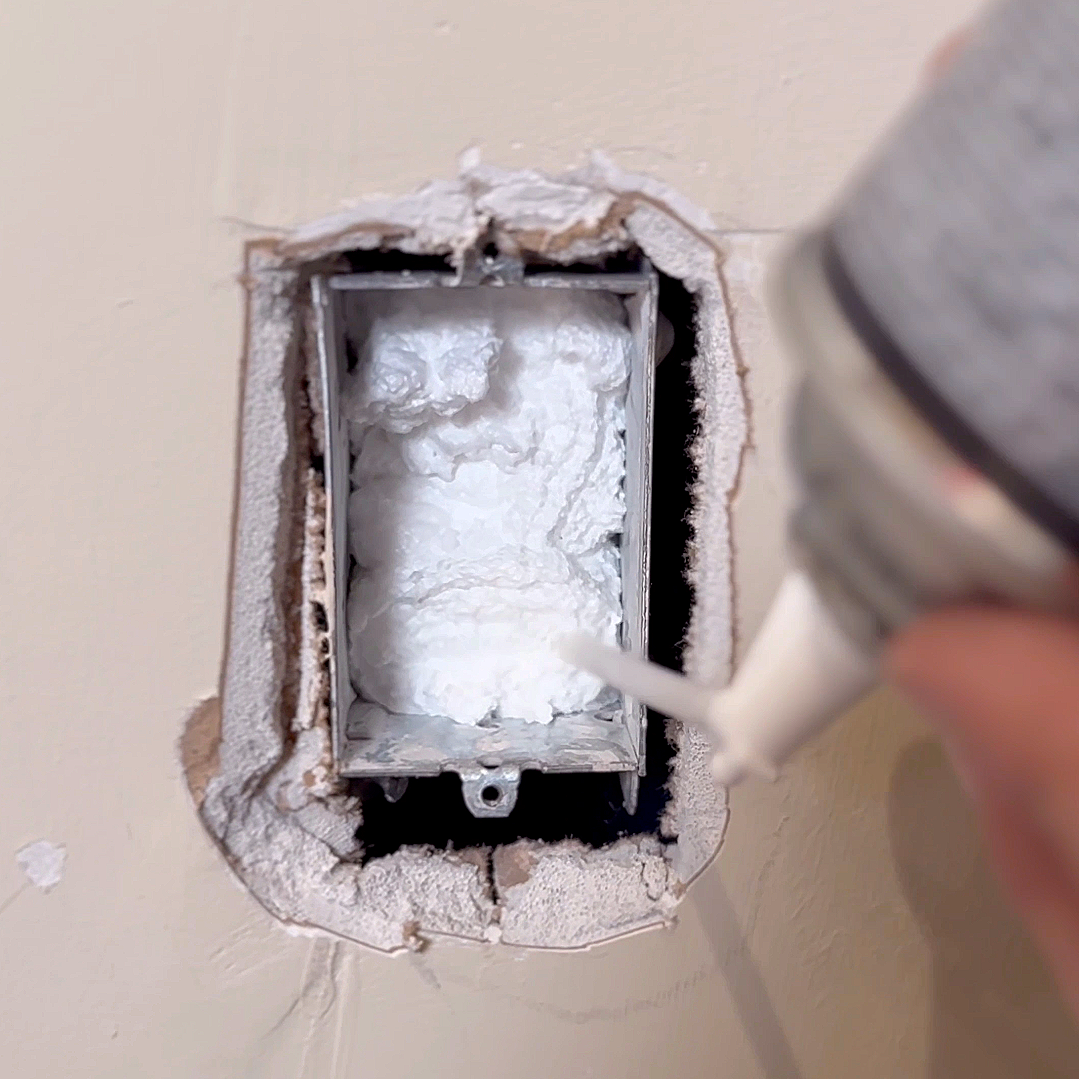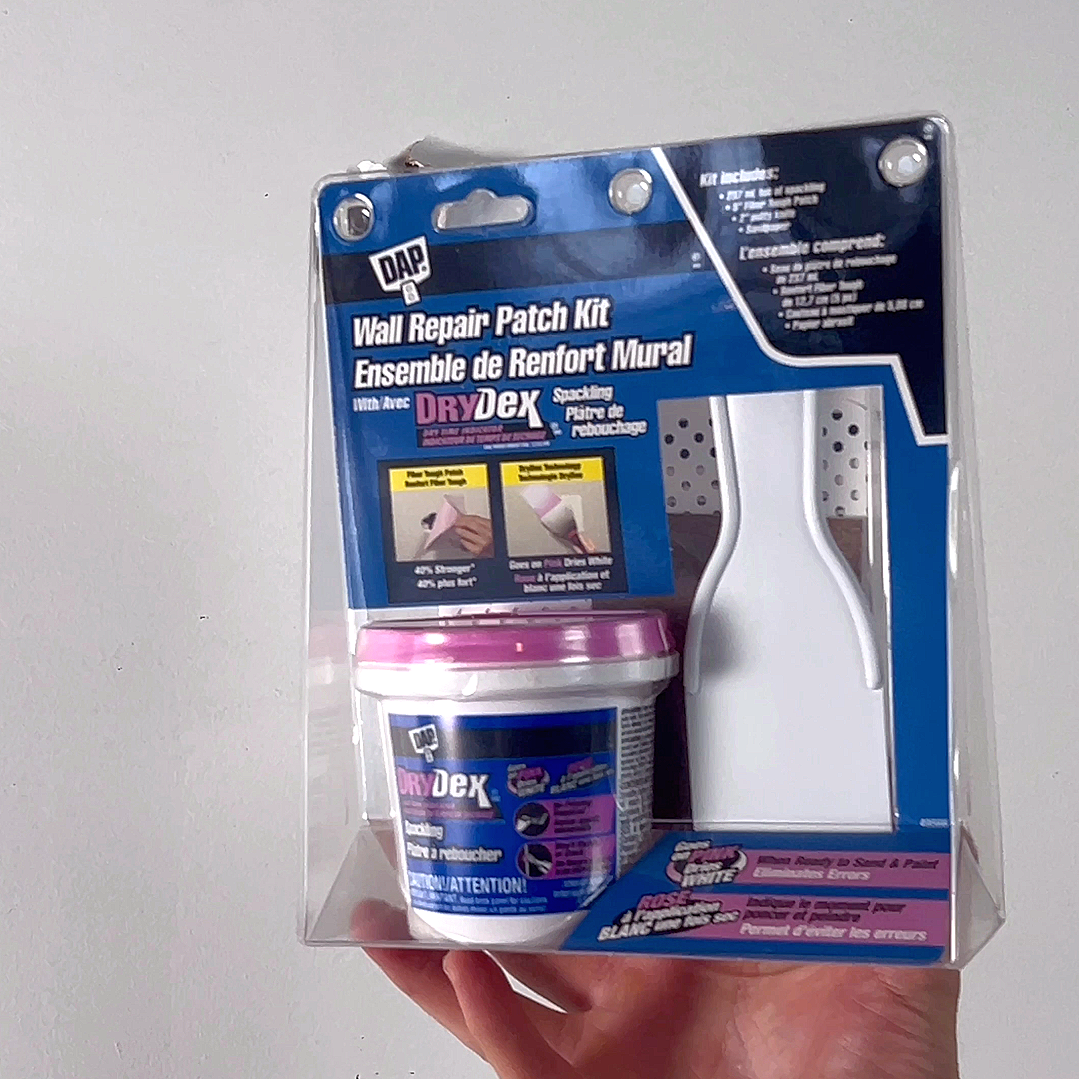How to Fix a Hole Drywall: A Complete DIY Guide
Drywall damage happens—whether it’s small holes, cracks, or larger patches—but fixing it doesn’t have to be stressful. With the right tools and techniques, you can restore your walls to look as good as new. In this guide, we’ll walk you through 10 different drywall repair methods, perfect for DIY enthusiasts or anyone looking to save on home repair costs.
Why You Should Learn Drywall Repair
A good set of Drywall knives goes a long way. We like these ones by Advance
Fixing drywall yourself comes with a number of benefits:
Cost-effective: Save on expensive professional repairs.
DIY-friendly: Most techniques require minimal tools and materials.
Versatile: Suitable for holes, cracks, wall boxes, and other damage.
Professional finish: With proper sanding, taping, and painting, your repairs can be invisible.
Whether you’re a beginner or an experienced handyman, these methods give you confidence to tackle any wall issue.
1. The Wall Web
A highly (possibly overly) engineered device that braces itself against the back wall.
Provides strong support for your joint compound without requiring tape.
Ideal for medium/large holes.
2. Puck Patch: ALLWAY WEK2 Wall-EZ Drywall Repair Kit
ALLWAY WEK2 Wall-EZ Drywall Repair Kit (hole saw and two plugs)
Comes with a hole saw and prepackaged plugs that slide into the bevelled holes.
Minimal prep needed
Though no tape is indicated, we’ve found that hairline cracks may occur, so adding tape is recommended.
Great solution for medium-sized holes.
3. Eclipse Patch
A zero-skill-required “wall sticker” patch.
Two layers allow you to build up the paint thickness for a seamless look.
Best for quick, medium/small repairs with minimal tools.
4. Tape Straps
Utilizes drywall tape as a strapping system to hold a patch in place.
Perfect when adding backing or blocking behind the damaged area is not an option.
Tape the front, mud, sand, and paint for a finished look.
5. Basic Blocking
Install blocking (anything that will hold a screw) behind the damaged drywall for stability.
Secure the new drywall to the blocking, tape, mud, sand, and paint.
Reliable and long-lasting method for larger holes.
6. Butterfly / California / Hot / Chicago Patch
Use a scrap piece of drywall slightly larger than the hole.
Score and snap off extra pieces, apply compound, sand, and paint.
Works well for irregular-shaped holes or decorative wall areas.
7. Drywall Clips
Clips attach to existing drywall to create backing for a new piece.
Screw in the patch, tape, mud, sand, and paint.
Excellent for medium to large holes requiring extra support.
8. Spray Foam
Useful for old wall boxes or cavities with a backing.
Apply foam as backing, cut back once hardened, then tape and mud.
*Ensure it’s not a live electrical box*
9. Wall Patch Kits
Available at most big-box stores.
Simply apply compound and stick the patch, then mud and sand.
Key tip: continue to fan your mud outward over several coats to hide edges and make the repair invisible.
full set of instructions on package
10. Hang Art Over It
The “cheeky” option for those holes that aren’t critical.
Works for any size hole—simply cover it with art or decor.
Need we say more? 😉
Pro Tips for Flawless Drywall Repair
The bigger the hump, the wider the compound perimeter should be. Fan-out consecutive coats of compound outward to minimize humps and make the repair invisible.
Sanding high spots/ridges between coats of joint compound can help achieve smooth results.
Spend extra time sanding the edges of your patches (where the new compound meets the existing wall texture). This will ensure your new patch blends into the wall seamlessly.
Prime patches before painting to minimize flashing, and to ensure consistent color.
Ready to Repair Your Walls?
Check out the full video tutorial: 10 Best Ways to Fix Drywall and discover the fastest, most effective ways to patch holes, cracks, and damaged walls in your home.

